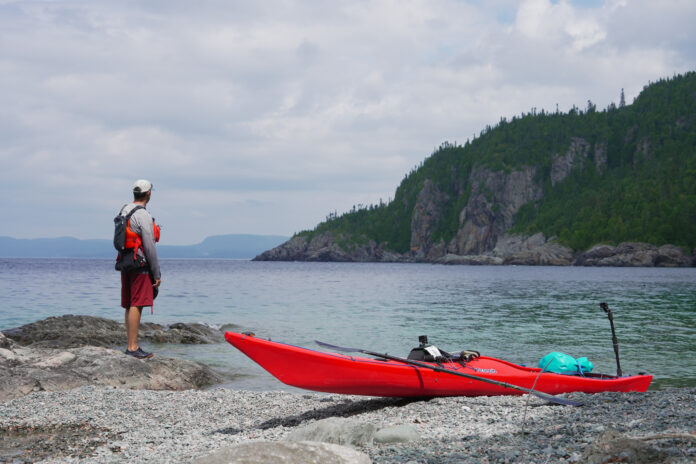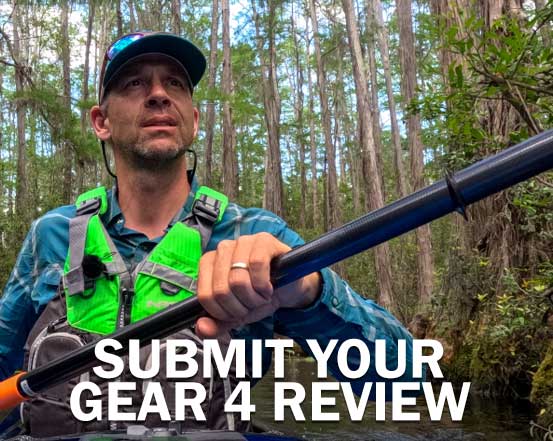Preparing for a multi-day kayaking trip, whether you're a sea kayaker, recreational paddler, or whitewater enthusiast, requires careful planning and smart strategies. Here are some essential tips to ensure your next kayak camping adventure is safe, enjoyable, and memorable.
#1 Be Flexible with Your Plans
Flexibility is key when planning a kayak camping trip and avoiding fatal kayaking mistakes. Forcing a trip in poor conditions—like high winds or extreme river levels—can lead to safety risks and frustration. Build buffer days into your schedule and always have a backup plan or alternate route in case weather or water conditions don’t cooperate.
#2 Bring a Satellite Communication Device
For kayak camping trips, reliable communication is essential. A recent development is the ability to use some cell phones for satellite communication when you can't get a cell signal. I recently tested this feature and was surprised how well it worked on my iPhone 14 in the middle of nowhere. I was able to reliably send and receive texts. That being said, there are still some real benefits to bringing a dedicated satellite communicator like the Zoleo. In particular, it has MUCH better battery life than a cell phone, and it provides the option to do more than texting. In particular, you can check weather forecasts, and you can leave a bread crumb trail, which allows people to follow your progress. With a pauseable $20/month plan and a $200 device cost, a dedicated satellite communicator is a relatively affordable safety tool for remote adventures.
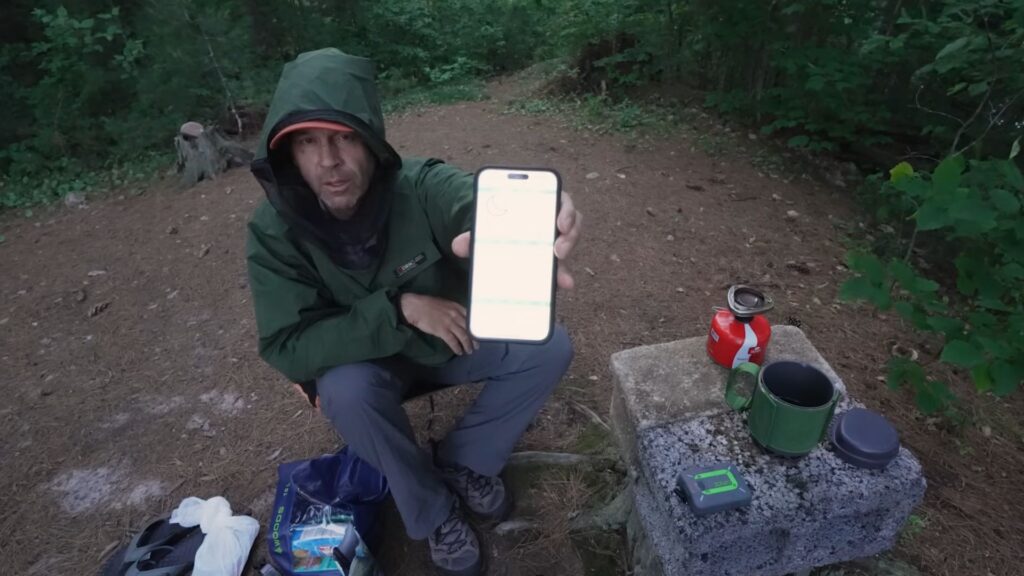
#3 Practice Packing Your Kayak
Packing a kayak is like solving a puzzle—tight hatches mean your gear needs to be divided into multiple dry bags, often in varying sizes to fit the limited space. Practice packing at home before your trip to avoid frustration at the launch.
When loading, keep heavy items low and centered to maintain stability and control. Save the ends of the kayak or on-deck space for lighter, bulkier items like sleeping bags or clothes. Proper packing makes a big difference on multi-day kayak camping trips.
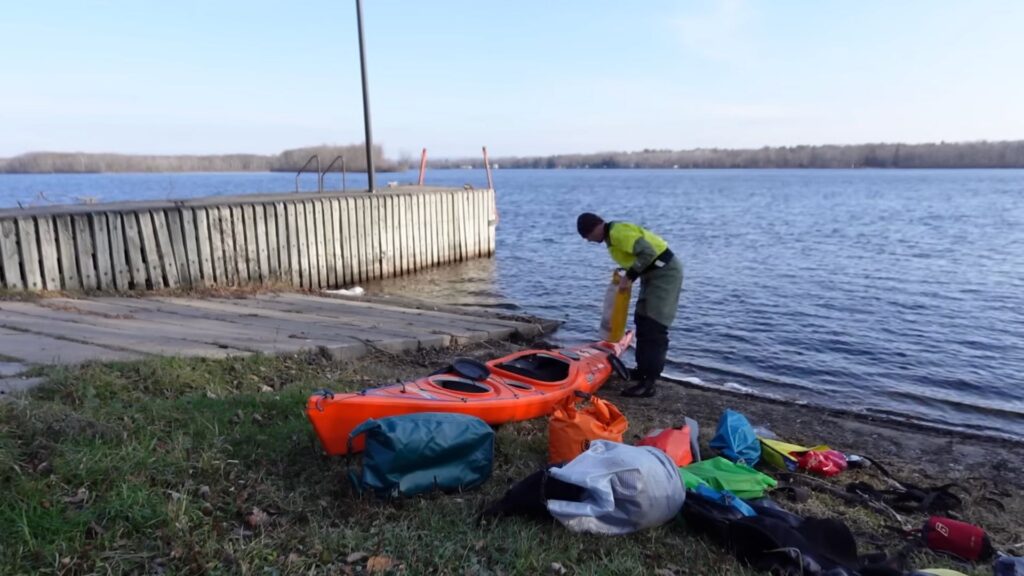
#3 – Part 2: Carry a Lightweight Mesh Bag
Because you'll be breaking down all your gear into small dry bags, carrying them around can be a hassle. A super lightweight mesh bag or backpack is a game-changer.
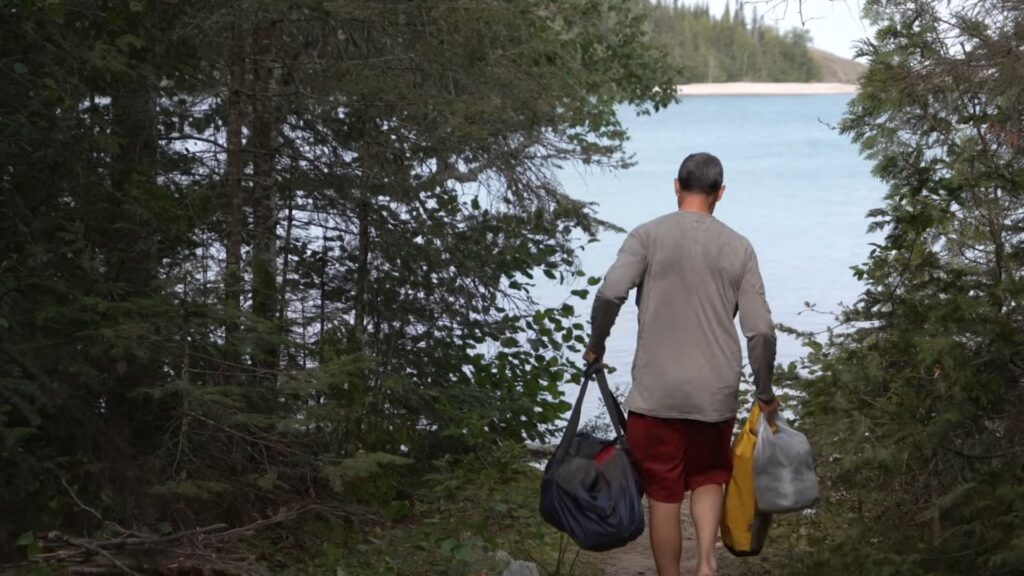
This simple addition allows you to easily consolidate multiple dry bags and smaller items into one manageable load. This is especially useful when dealing with portages, or simply moving your gear from the water's edge to your campsite. It makes the tedious task of moving gear much more efficient.
#4 Create and Use a Kayak Camping Pack List
A solid packing list is key to avoiding forgotten gear. Keep it somewhere easy to access—an app like Evernote works well—and update it regularly. Before each trip, use it to check off essentials. During and after your trip, note what you didn’t use, what you missed, or what needs replacing. Creating separate lists for different kinds of trips helps too. The more you refine your list(s), the smoother your kayak camping adventures will be.
#5 Load Your Kayak in (or Very Close to) the Water
It's tempting to load your kayak on shore, especially on a cold morning, to avoid getting your feet wet. However, a fully loaded kayak is incredibly heavy and difficult to move, and dragging it across land can cause damage, particularly to thermoformed or composite kayaks.
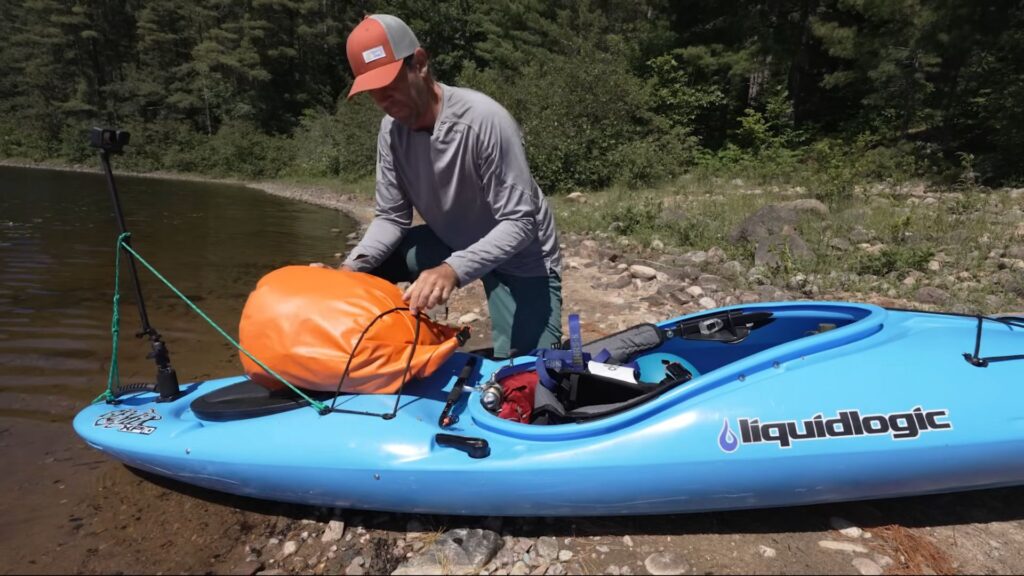
#6 Pull Your Kayak Up High Enough
Regardless of whether you're on a river, lake, or the ocean, water levels can change. Always pull your kayak up far enough on the bank so it won't get swept away by rising water.
Waking up in the middle of the night wondering if your kayak has floated away is a terrible feeling. It's far better to overcompensate and drag your kayak further up the bank than you think you need to. If possible, tie it off to a tree for extra security and peace of mind.

#7 Do Refresher Courses
Just like first aid and CPR certifications require refreshers, it's beneficial to revisit your paddling and safety skills. In the backcountry, knowing what to do in a tricky situation can be critical.
Consider taking an actual paddling course, or explore online resources. The ACA offers a free online safety course, and onlinekayaking.com and onlinewhitewater.com provide more in-depth, well-produced courses (though not free).
#8 Quick Kayak Camping Gear Tips
- Smaller Paddle Blades: For long days of flatwater paddling, a paddle with smaller blades or a Greenland paddle can reduce strain on your shoulders and body. Read an article about kayak paddles sizing and length.
- Folding Saw vs. Axe: A good folding saw is generally safer, lighter, and more effective for cutting firewood than an axe, which can be dangerous to swing around on a trip.

- Try a Hammock: Hammocks pack down into smaller, more manageable pieces, making them easier to fit in a kayak than a tent. They can also be very comfortable for sleeping, and are easier on the back to get into and out of. I recently tested the Haven XL Tent Hammock, which is designed to provide a flat sleeping position, and I was highly impressed.
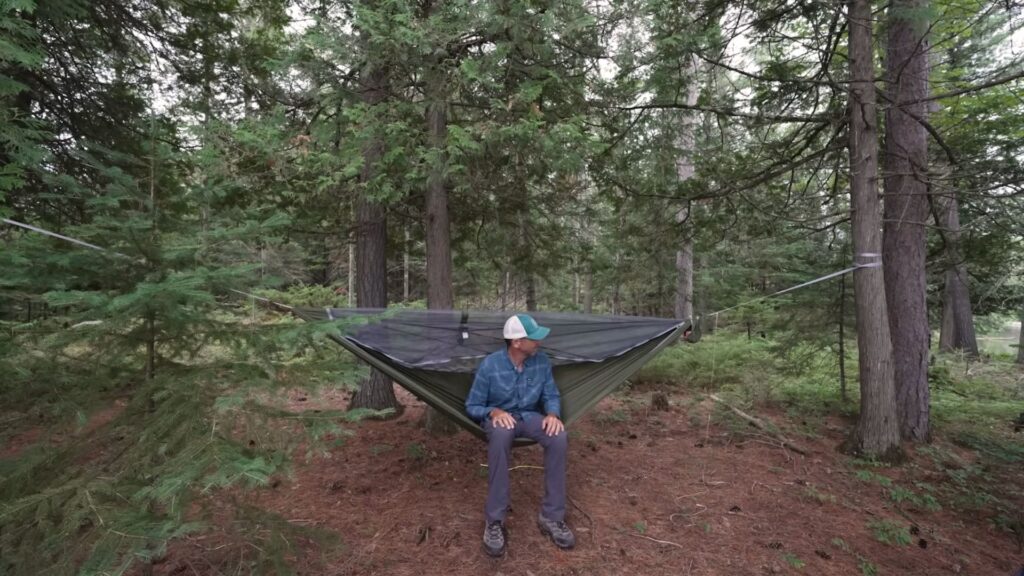
#9 Double-Check the Weather (Especially Wind)
During your kayak camping trip, regularly check the weather—not just before heading out, but throughout the day. While temperature and rain affect comfort, wind has the biggest impact on safety and paddling ability. Strong winds can quickly turn calm water dangerous or make progress nearly impossible. Always monitor the forecast a few hours ahead to make smart decisions, especially when paddling stretches with limited landing options.
#10 Embrace Dry Bags for Kayak Camping
Even if your kayak has watertight hatches, they’re not fully waterproof—anything that absolutely needs to stay dry should go in a dry bag. Opt for heavy-duty dry bags over ultralight ones, as they’re less likely to be compromised. While they may be a bit heavier, the added durability is worth it for multi-day kayak camping trips.
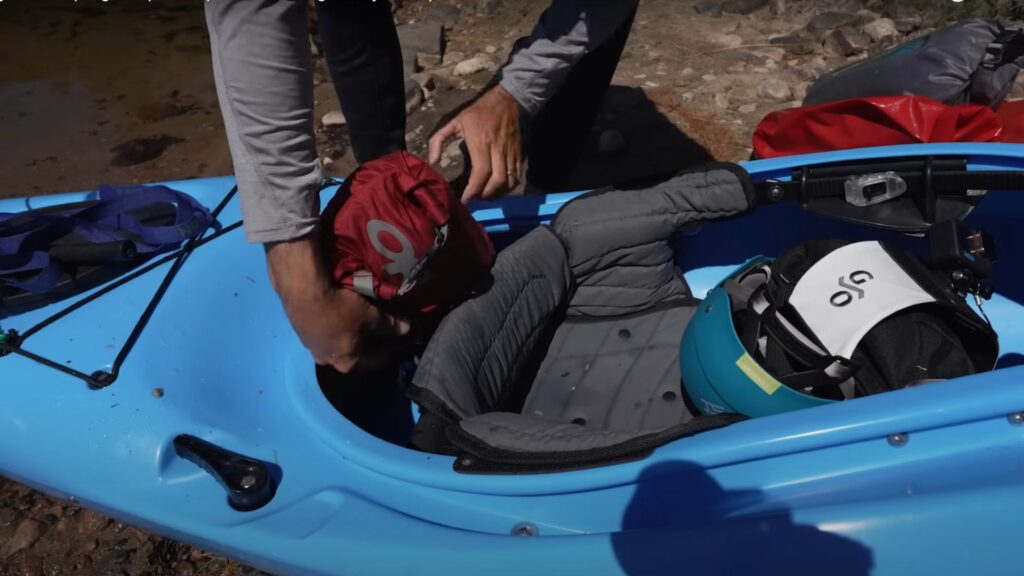
It’s also better to use several smaller dry bags instead of a few large ones. A mix of 5, 10, 15, and 25-liter bags usually covers all your needs, with larger ones ideal for storing lightweight, bulky items like sleeping bags or clothing that can be strapped to your deck if needed.
With these tips in mind, you're well on your way to planning and enjoying a fantastic multi-day kayaking adventure. Check out my top gear picks he wishes he’d purchased sooner. I give advice about gear additions to consider for your next kayak camping trip.



